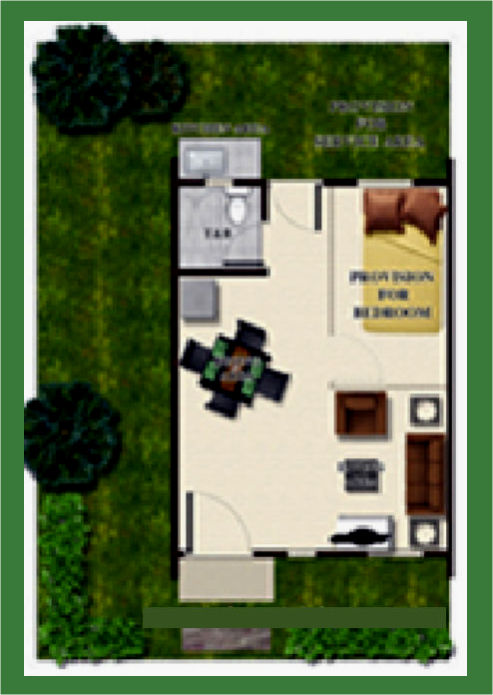

That level of density is daunting - especially since the block’s heights are tightly capped by a 1984 voter initiative that keeps new shadows from being cast on city parks, including nearby Civic Center Plaza. In return, the project was allowed to grow to 1,900 units - of which 528 are either rent-controlled or below market rate. The site held a motel converted to 377 apartments and owned by Angelo Sangiacomo, whose battles with tenant groups in the 1970s led to his being dubbed “the father of rent control.” So when Sangiacomo and his real estate firm Trinity Properties set out to replace the former motor lodge with 1,410 apartments, activists went to battle until a deal was worked out: Sangiacomo agreed that the complex would include replacements for each of the former rent-controlled units.

Gabrielle Lurie/The Chronicleĭuring that period, the project grew in size by nearly 500 units - a change driven not by developer greed but by San Francisco’s political dynamics. The newly built Trinity Place building at San Francisco’s Market and 8th Streets could be a construct that pulls together this beleaguered part of town. The initial phase, a 24-story bar set perpendicular to Mission Street with 18 stories of gray metal poised atop six levels of glass, opened in 2010. The complex has been evolving since 2003, when the first conceptual designs were unveiled for the 4-acre site framed by Market, Eighth and Mission streets. At the corner of Eighth and Market streets, Trinity Place may prove to be the anchor that pulls the disparate blocks together. Anywhere else in the city, a dense puzzle of right-angled forms ranging in height from 17 to 24 stories would be deadly.


 0 kommentar(er)
0 kommentar(er)
